Why do leaves turn soft, limp or mushy on my African Violet plants?
- There are a number of reasons why your African Violet leaves are turning soft, limp or mushy.
- If your African Violet plant has been over-watered, the soil will retain too much water.
- This retention of water will cause the leaves and /or leaf stems to turn soft, limp or mushy.
- If your plant has been over-watered, the roots may develop root-rot (To learn more about root rot, can read the article, “Root Rot on African Violet Plants”).
- The roots absorb so much water, that they can no longer hold onto so much water and eventually rot.
- This will cause the leaves to turn soft, limp or mushy. Following root rot, the crown will start to rot and the African Violet plant will eventually die.
- If your soil is not overwatered and your plant is still experiencing soft, limp or mushy leaves, it may be that the leaf has become old, which is a natural process in African Violets.
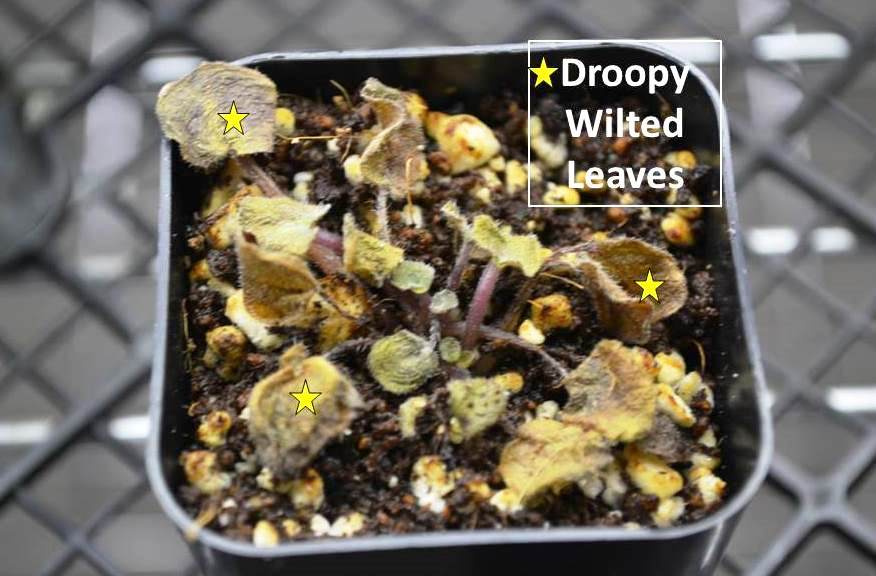
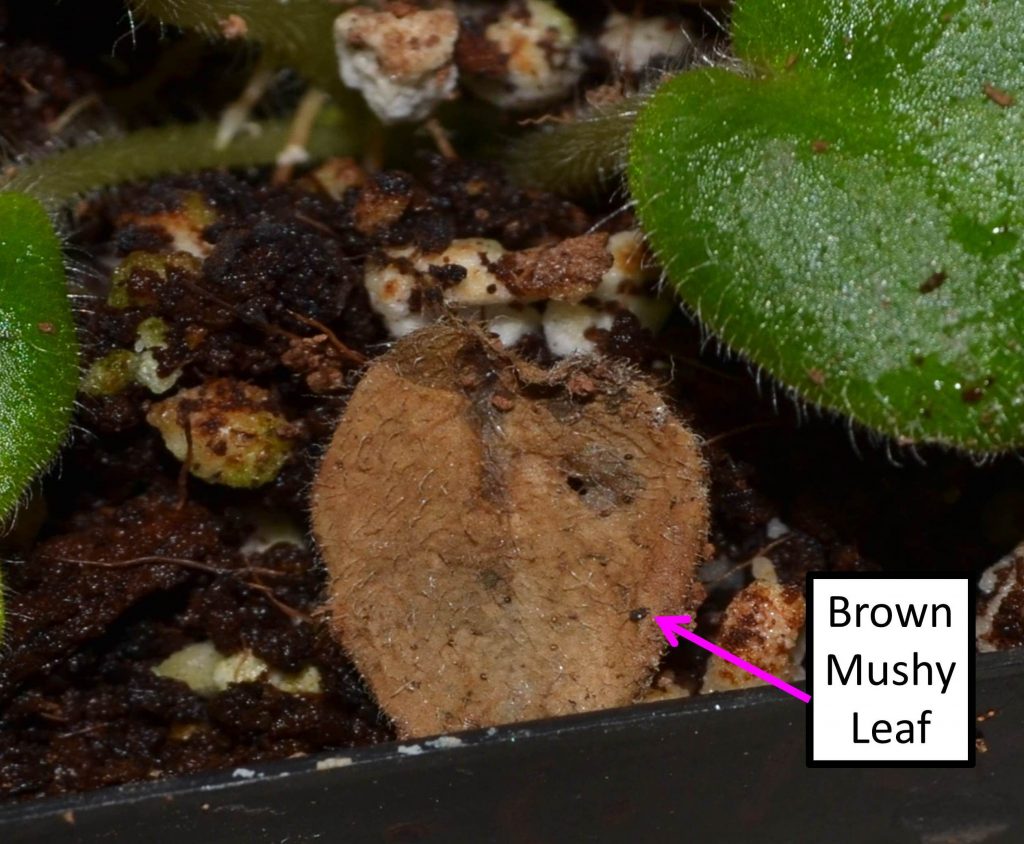
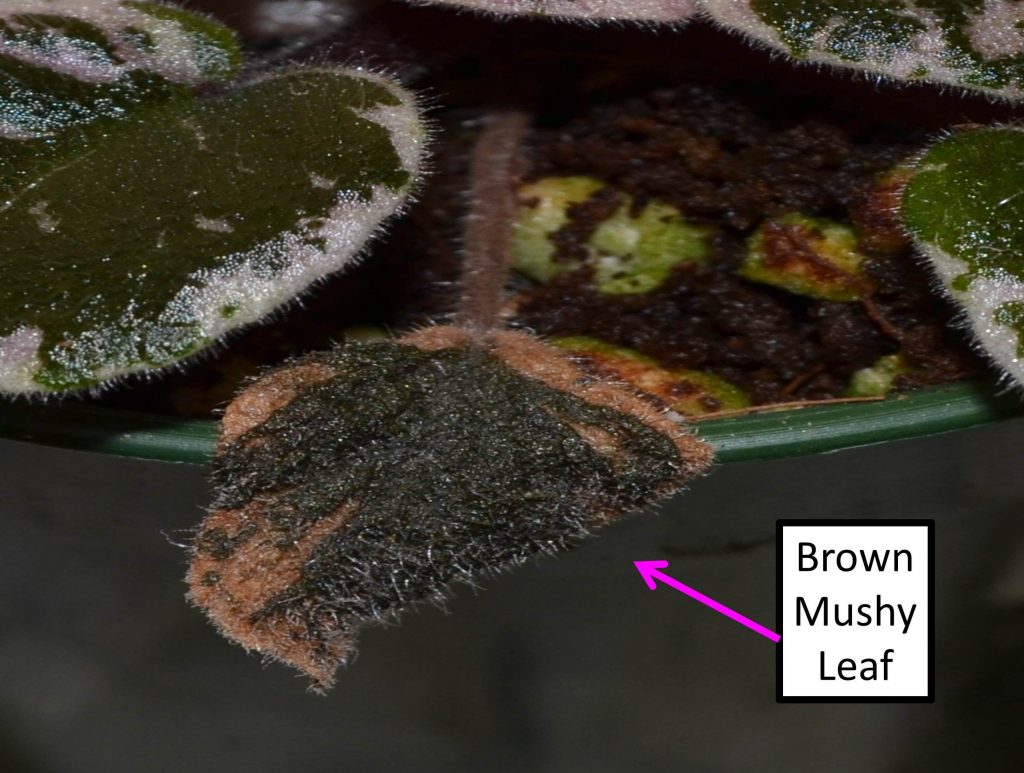
What to do if your African Violet leaves have turned soft, limp or mushy from overwatering?
- If you have soft, limp or mushy leaves due to overwatering, first of all stop watering the plant.
- Then gently remove the soft, limp or mushy leaves and gently remove plant from pot.
- Gently remove the old soil, not too much soil, as the African Violet plant likes to be root bound.
- Check to see if there are a large number of roots which are mushy, or brown in color. If only a few and the majority of roots look healthy (as seen below), then that’s good, that means root rot is not the cause of your leaf browning.
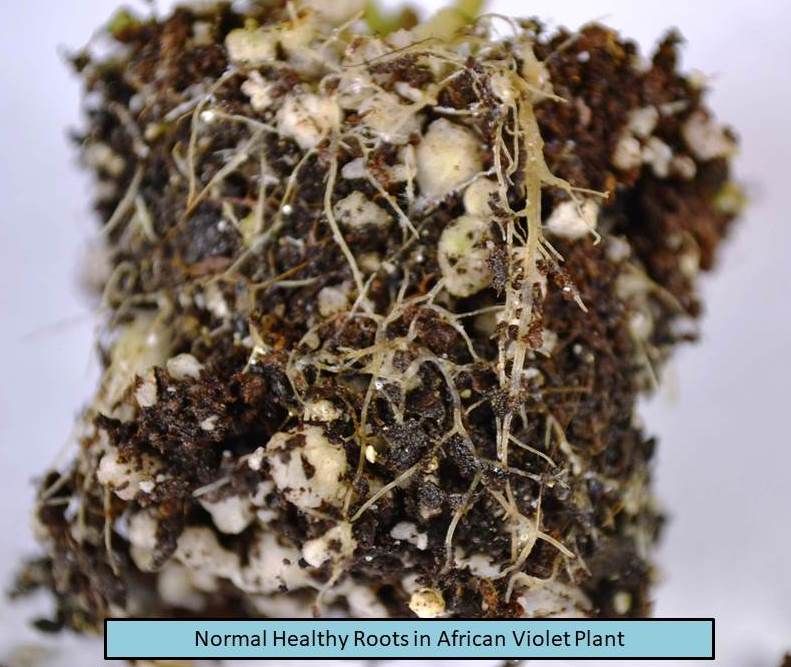
- If however you do see a large number of roots which are mushy or brown in color (as seen below), then root rot may be the cause of the soft limp or mushy leaves on your violet.
- Try to gently trim away any roots that are rotting or mushy, brown in color.
- For more information on root rot, can read the article, “Root Rot on African Violet Plants”.
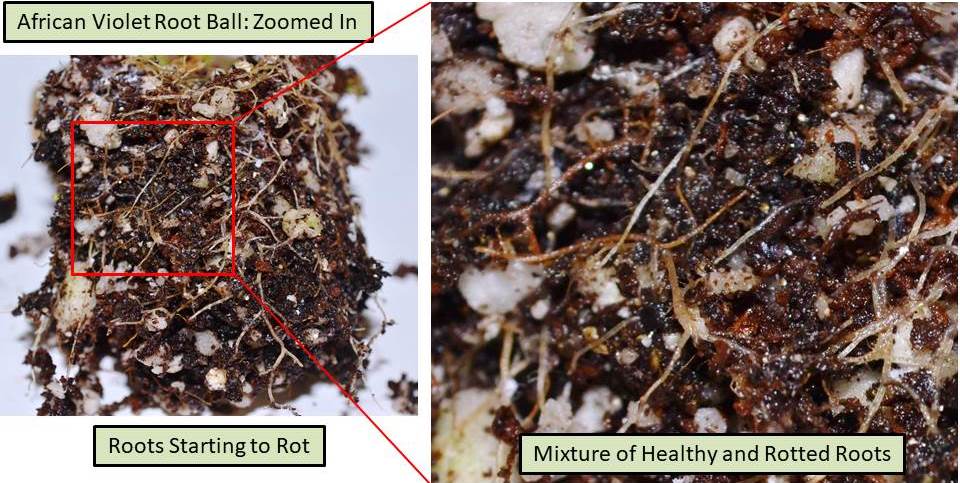
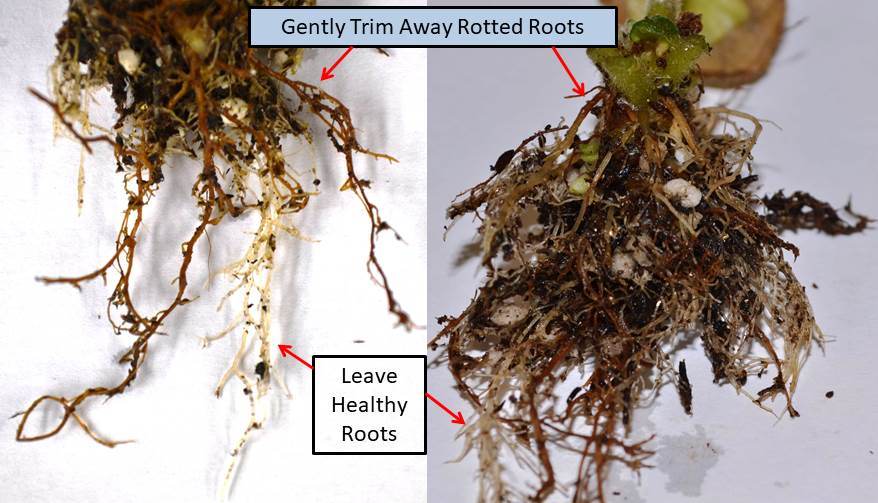
- Then re-pot the plant in fresh dry soil.
- Do not water for at least a week, and then slowly start your watering schedule.
- If your African Violet plant does not recover, then root rot may have already taken over the majority of the plant roots.
- The root rot will soon spread to the crown and other leaves will start turning brown/mushy.
- The African Violet plant will be dead within a week.
- At this point, put down leaves to save the plant variety and to produce baby plantlets. For more information, can read the article, “African Violet Leaf Propagation: How to Produce Baby Plantlets?”.
How to prevent African Violet leaves from turning soft, limp or mushy due to overwatering?
- First of all, only water your African Violet plants when they need to be watered.
- As a rule of thumb, its better to under water an African Violet, then to over-water.
- An African Violet soil mix which is too dense, retains water in the pot for longer periods of time which can result in root rot.
- A more lighter African Violet soil mix, can allow the water to flow/drain through the pot easily and prevent packed dense soggy soil.
- African Violet soil mix should be porous and provide adequate drainage. This can be achieved with the addition of a layer of perlite at the bottom of the pot and also perlite mixed in with the potting soil.
Below are perlite recommendations, useful for potting up suckers, as an additive to soil or even used a thin layer at the bottom of a pot for drainage.
- Always remember to use room temperature or tepid water.
- To check for dry soil, stick your finger gently in the soil (1/2 inch deep).
- If a lot of soil sticks to your finger and feels damp, then no watering is required.
- However, if your finger is clean and only a few dry specks are attached to your finger, then its time to water the African Violet.
Why do we have to remove the soft, limp or mushy leaves from the African Violet plant?
- To maintain a healthy plant it is important to gently remove any soft, limp of mushy leaves from the African Violet plant as soon as they develop.
- Once the leaves turn soft, limp or mushy, they do not change back to being firm, green and healthy.
- However, if left unchecked, it can lead to faster spread of diseases already present or develop root rot.
Examples of self watering pots for African Violet plants as shown below:
What do soft, limp or mushy African Violet leaves look like?
- Below are pictures of soft, limp or mushy African Violet leaves:


- If your soil is soggy and wet, accompanied with browning/yellowing, soft, mushy and limp leaves, then you have over-watered your African Violet plant.



- If your watering schedule is fine, then it may be just time for your African Violet to groomed.
- When you first inspect your African Violet plant remove the wilted, dried, shriveled, limp or dead leaves.

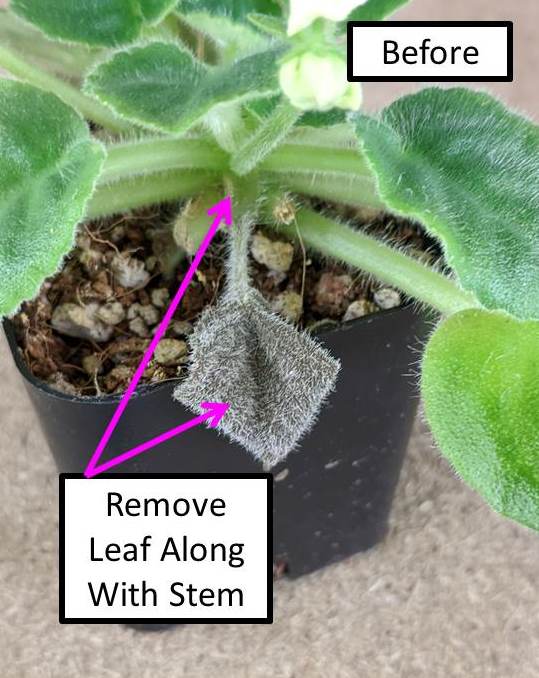
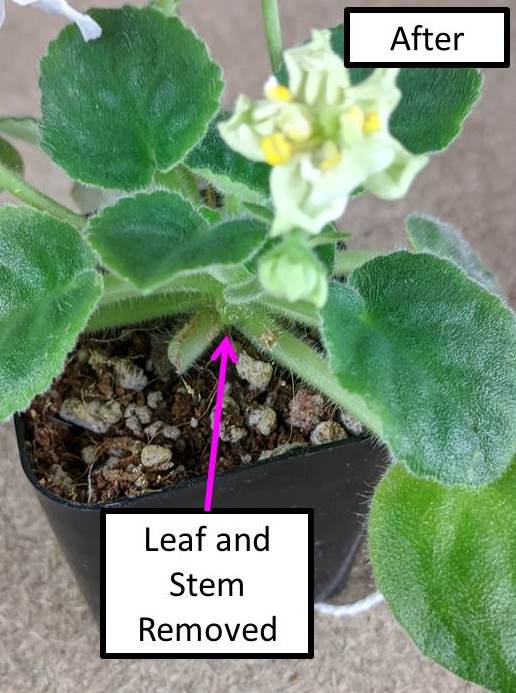
- Also remove leaves that have turned brown and/or are damaged.
- Regular grooming of the African Violet is necessary to maintain a healthy plant.
- For more information on grooming, can read article, “How To Groom African Violet Plants?”.
Few more examples of self watering pots for African Violet plants as shown below:

*Our Affiliate Programs: We are a participant in the Amazon Services LLC Associates Program, an affiliate advertising program designed to provide a means for us to earn fees by linking to Amazon.com and affiliated sites.
Though we do link to many items on Amazon out of convenience to our readers, we do also participate in other affiliate programs that also pay us a commission for any purchases you might make through our links (at no additional cost to you!).

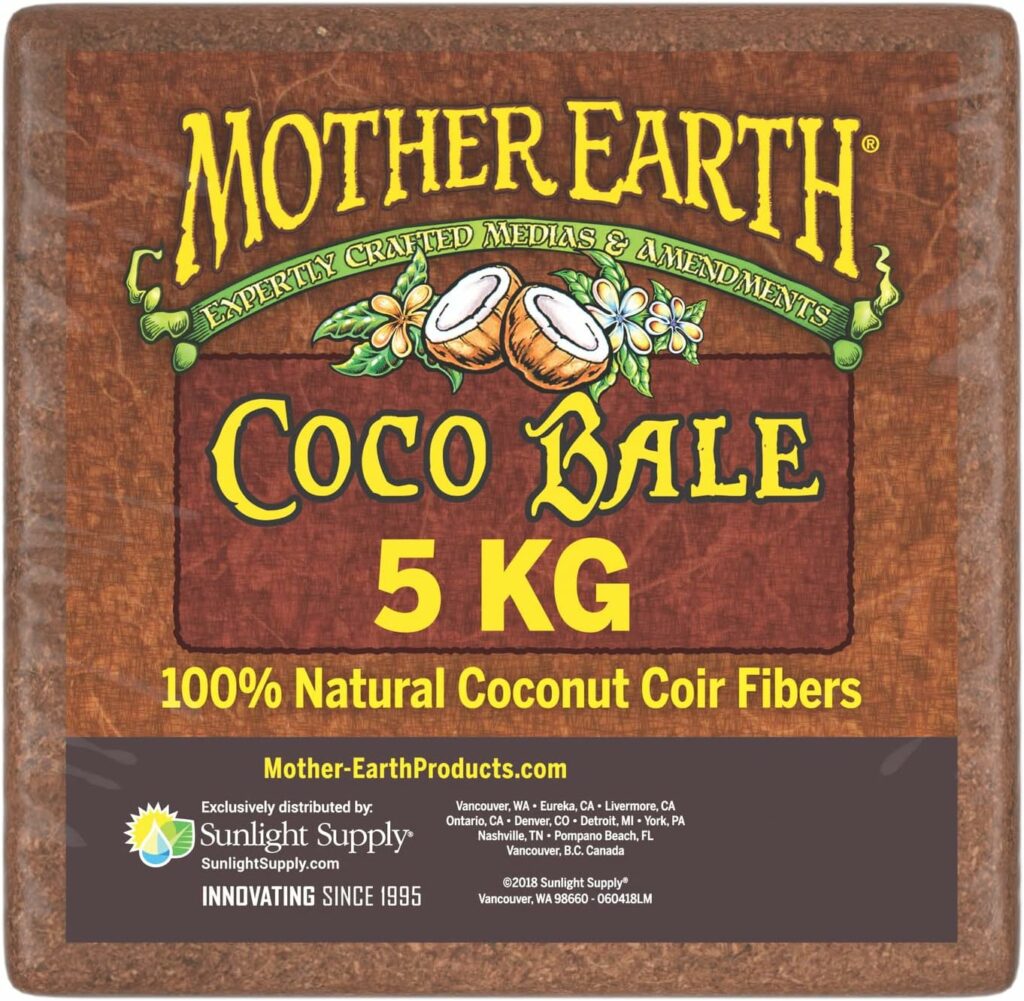
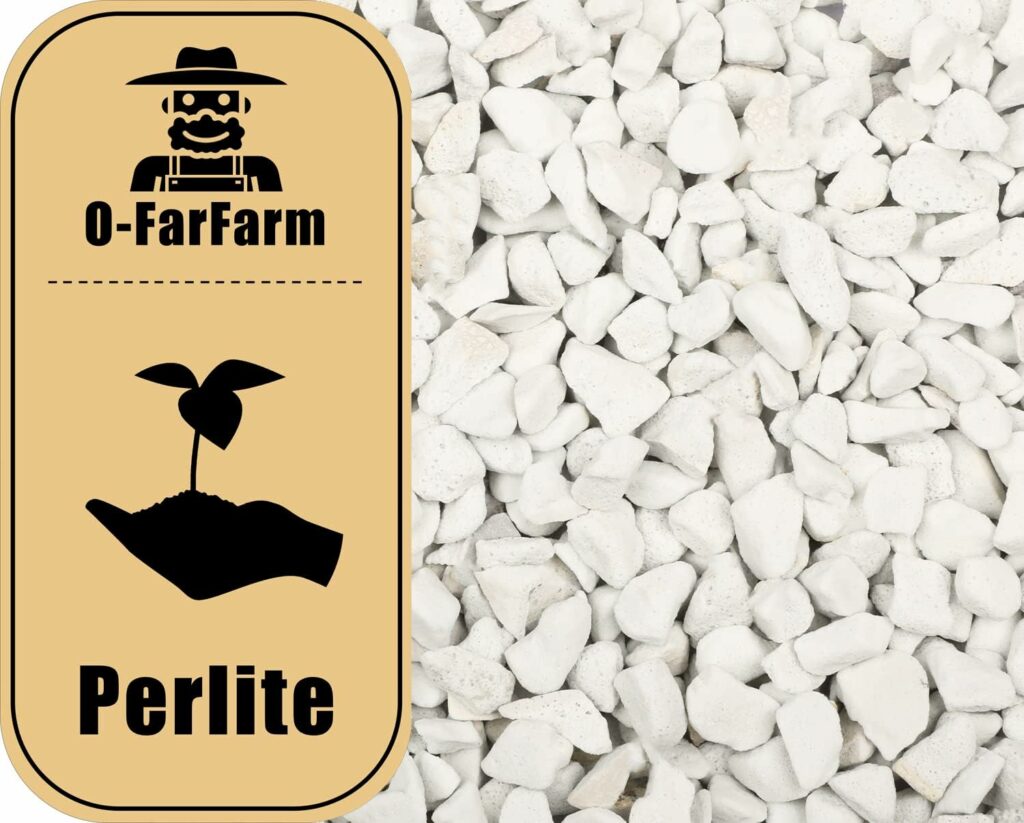

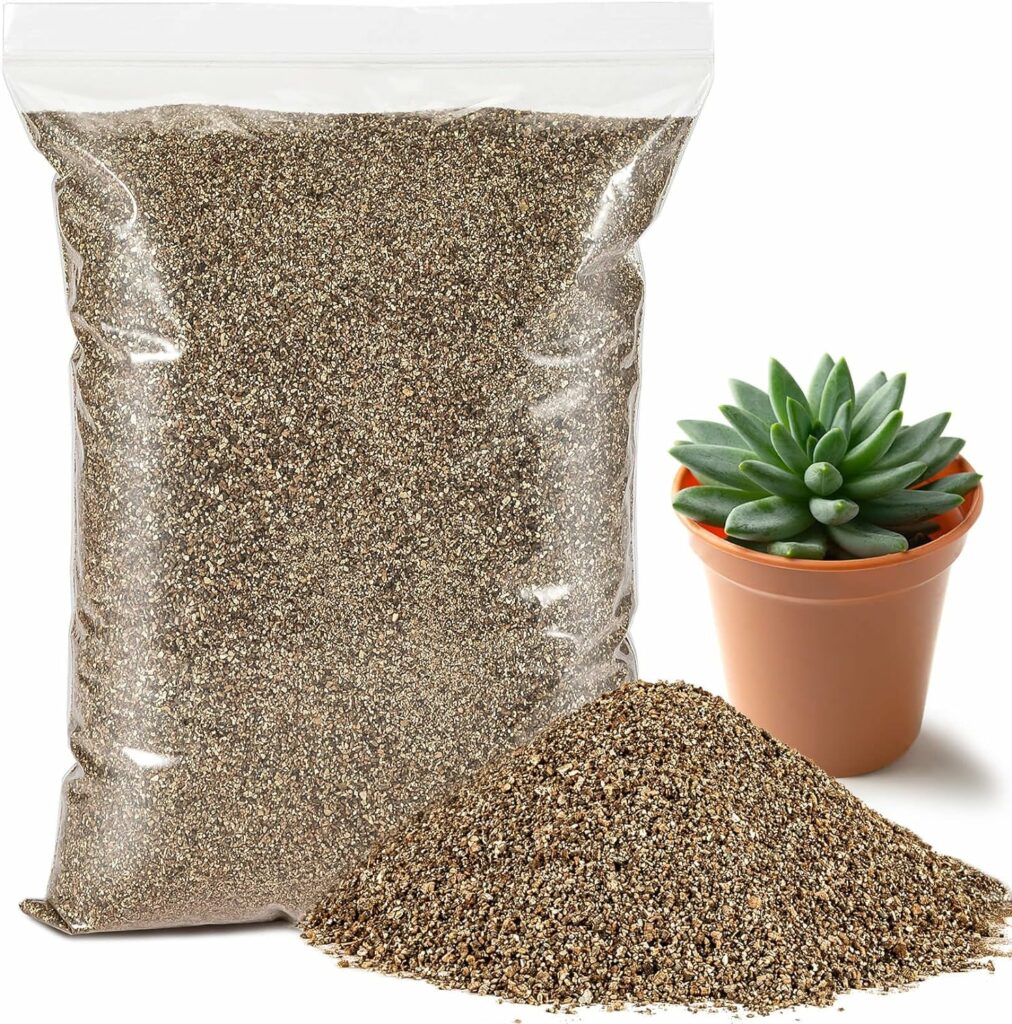
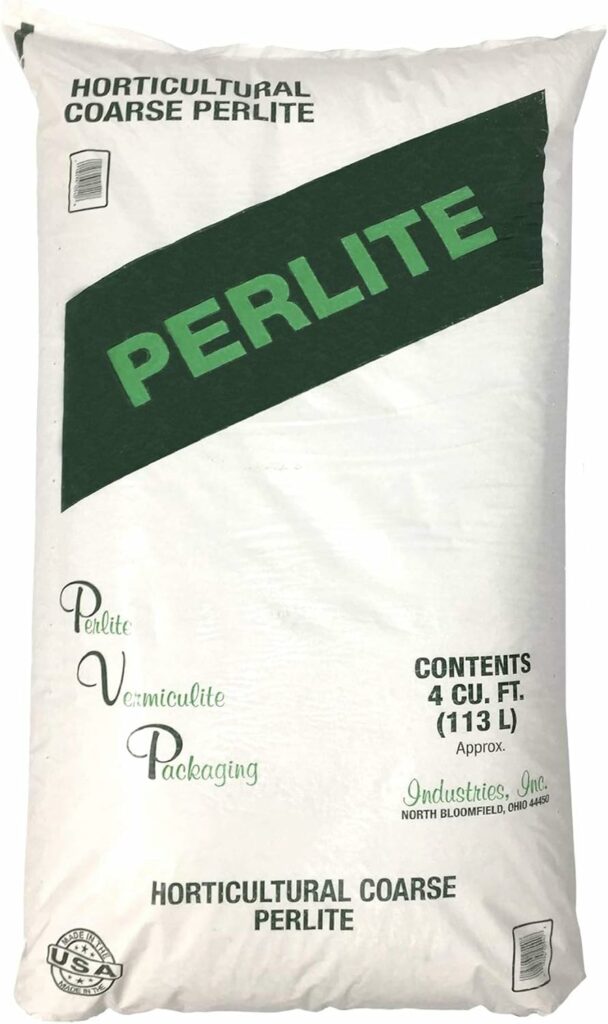
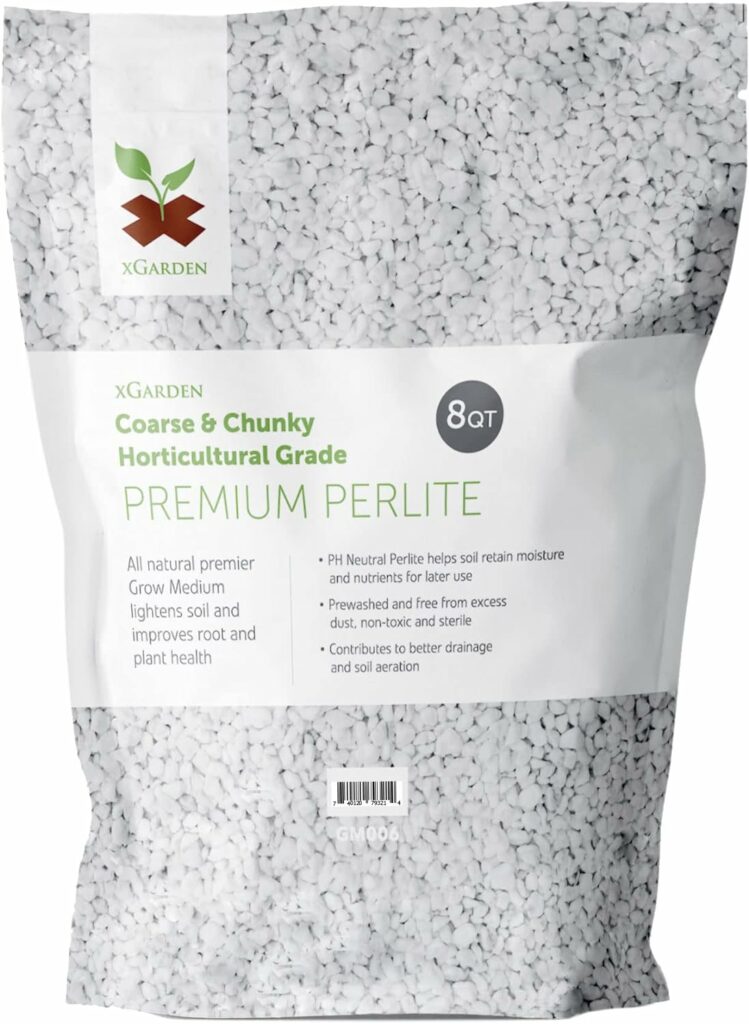
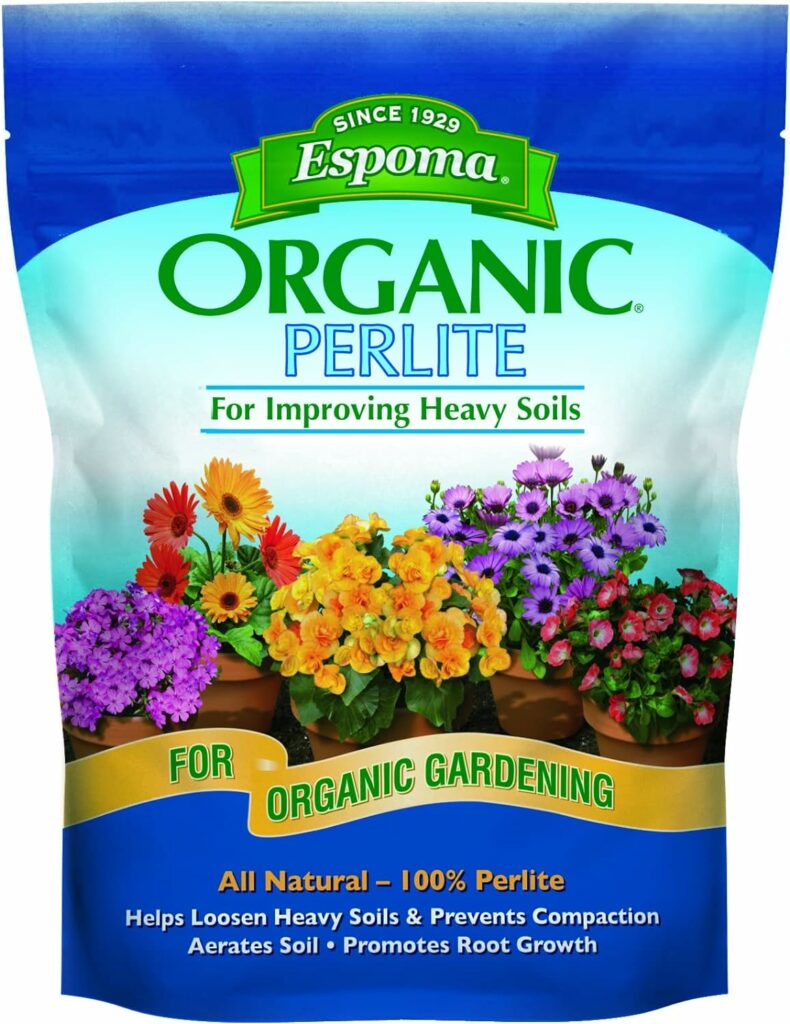
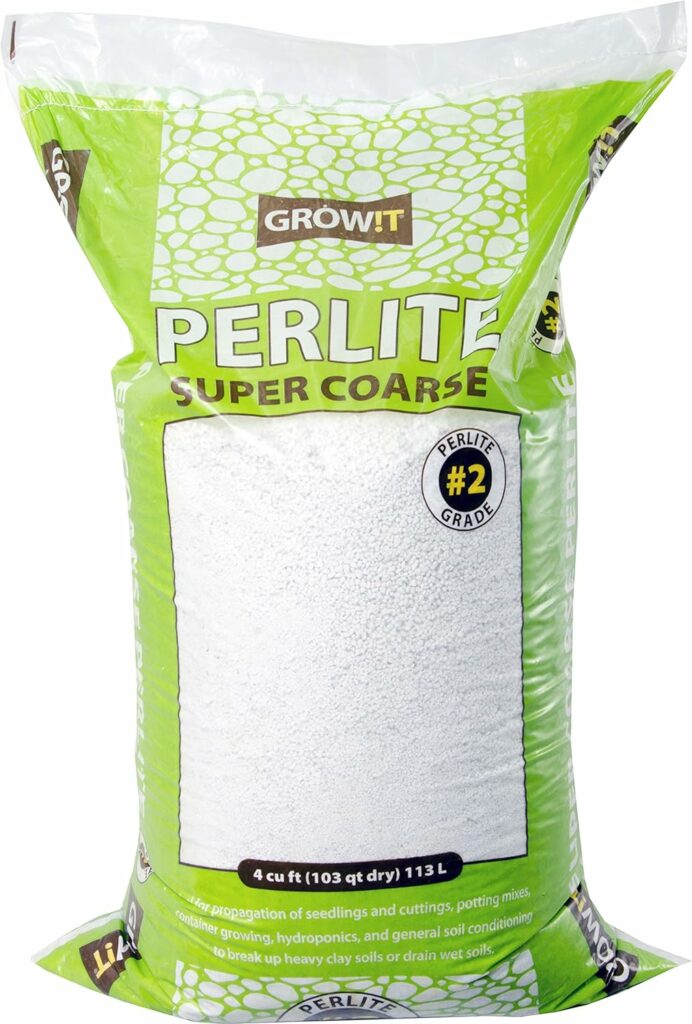

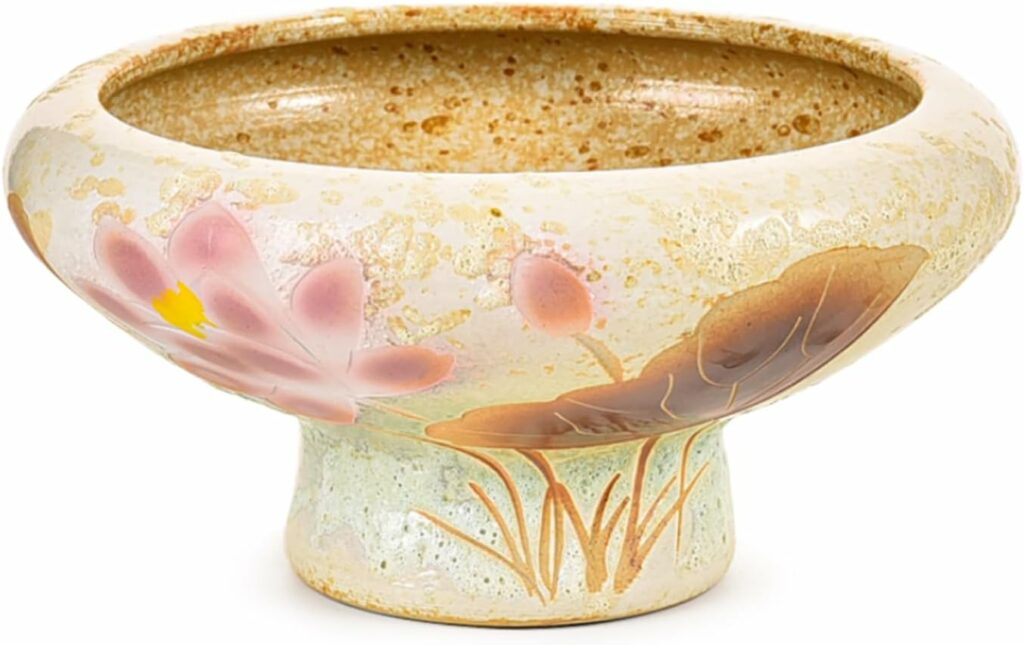

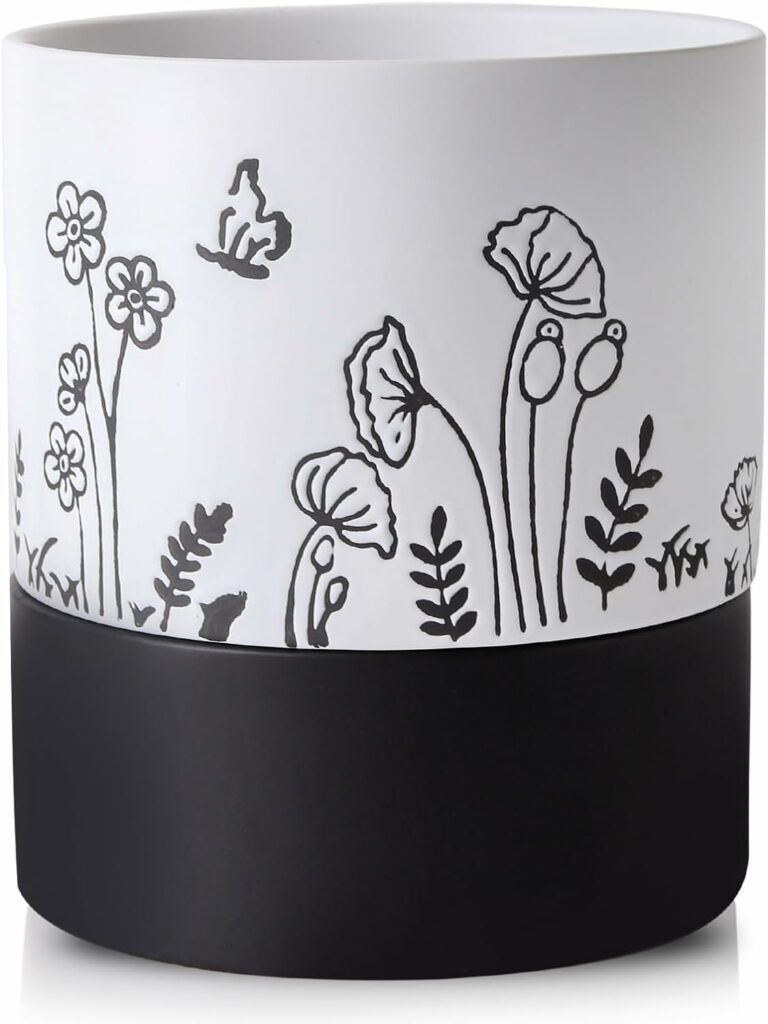
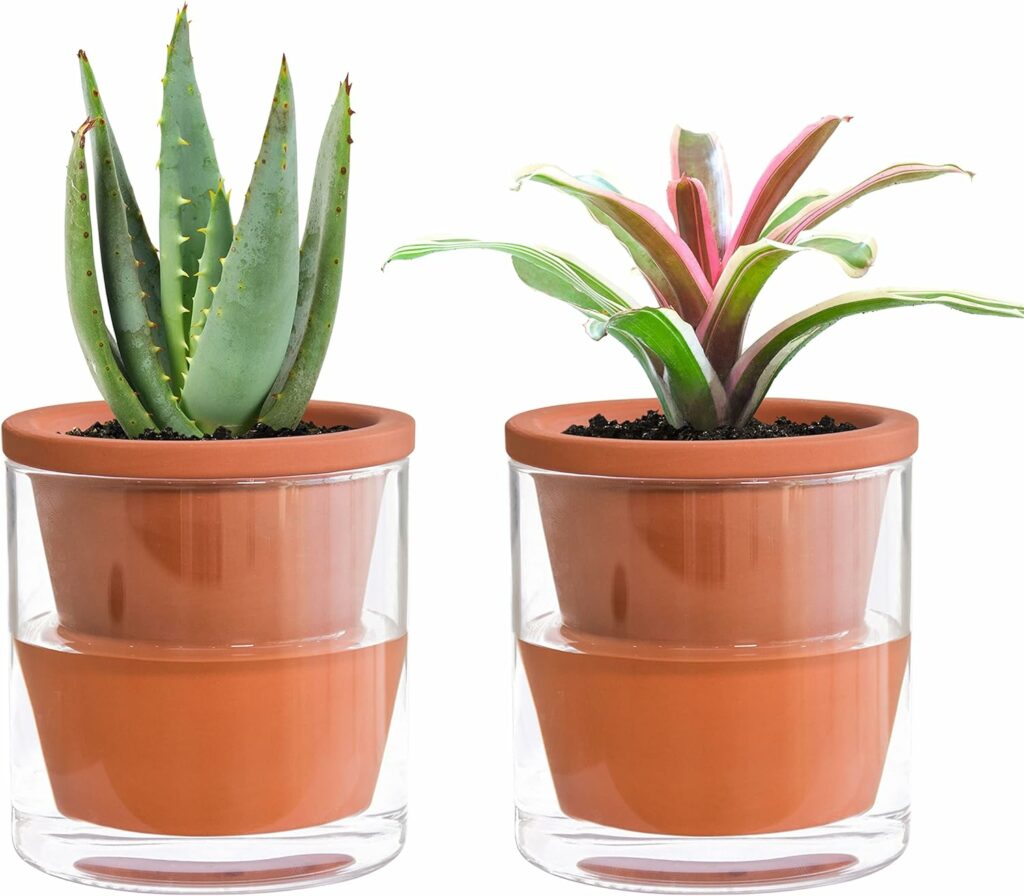
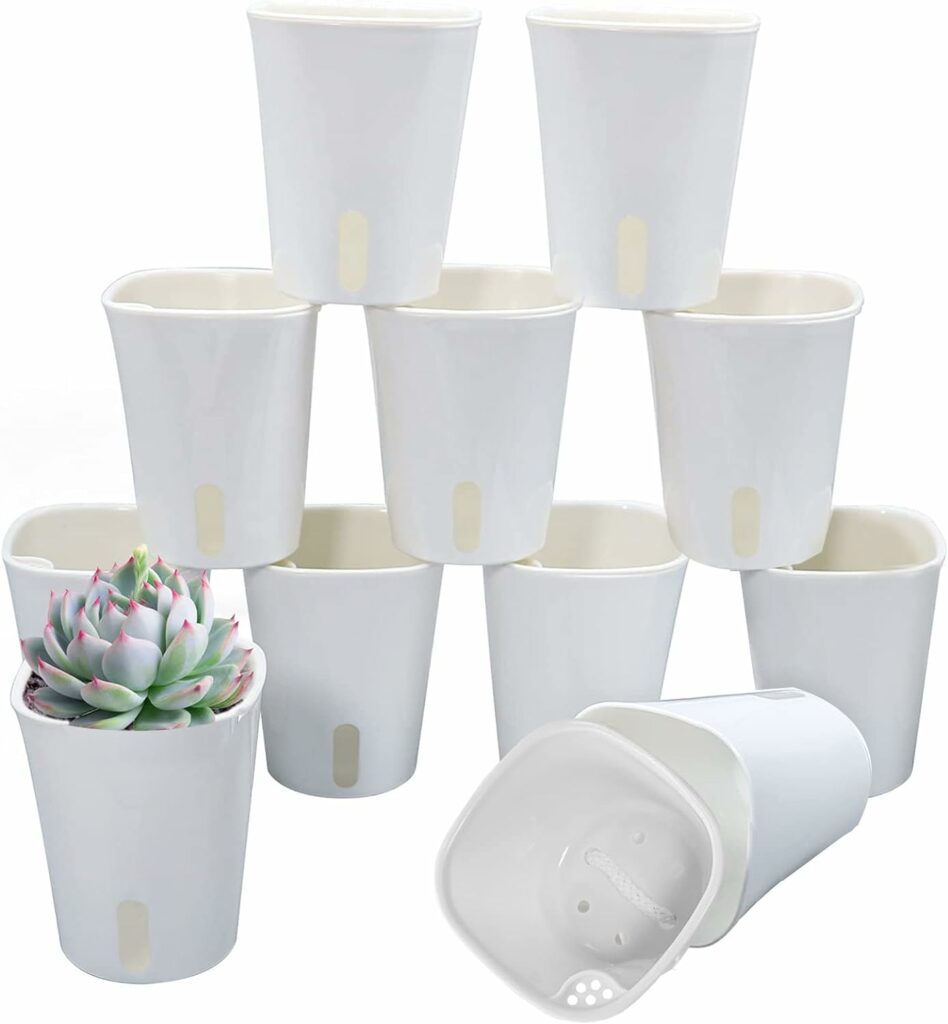
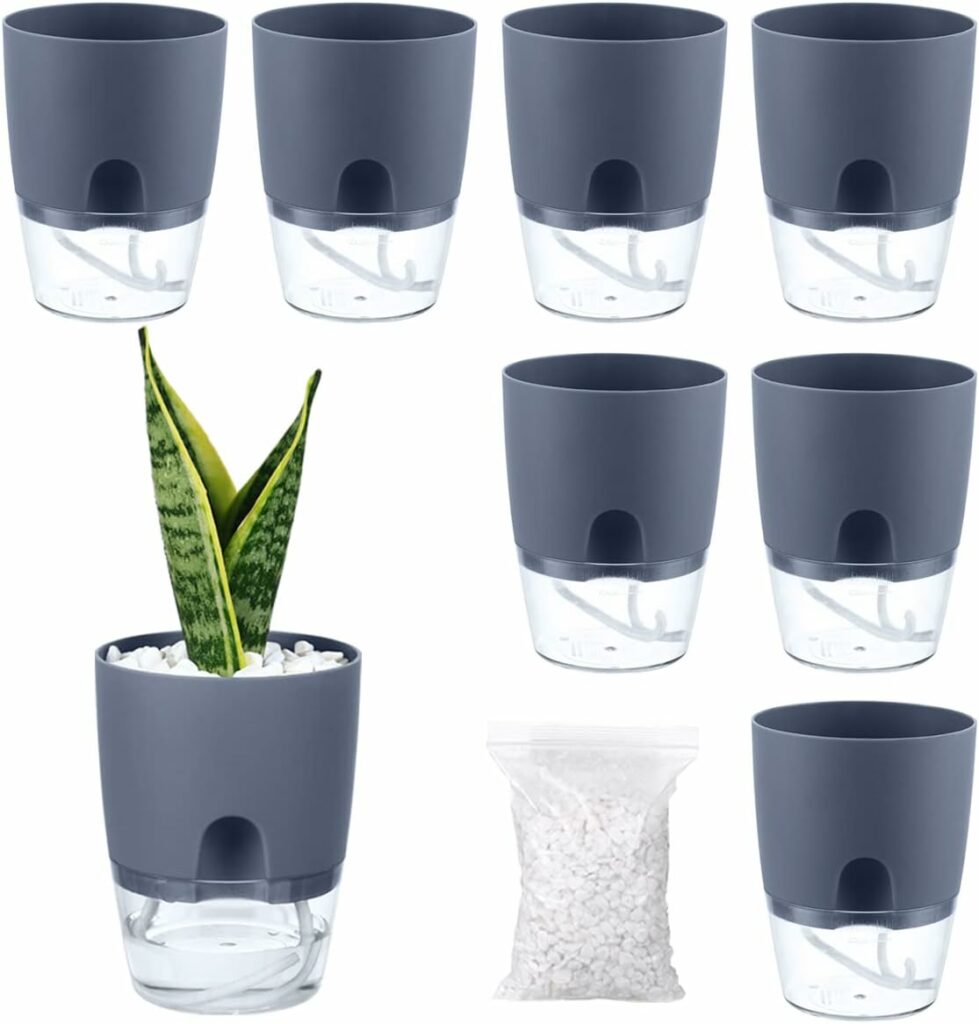

I found your website from Wikipedia. I have been addicted to African Violets for 20+ years. I plan to add to my violet collection and varieties. Since I live in a townhouse with limited windows, I found your information on artificial lighting to be most helpful. I am looking forward to reading Part II and setting up a tiered environment for my African Violets. Thank you for the advice.
Thank you Karen, appreciate your comment. Yes, hopefully by early next week will get the part 2 done.
BV
Help
We moved into this house 2 years ago when we moved in I had 14 live blooming and healthy plants now I’m down to 4 and they don’t look to good they are green but have not bloomed in those 2 years. I moved them to a brighter room hoping that help that was 6 mouths ago still no blooms and I’m slowly loosing the leaves. Could it be that it is not enough or not the right kind of light
Any help would be appreciated
Oh I have them in self-watering violet pots
Thank you
Hello Janice,
Thank you for your question. You mentioned a brighter room, as long as the light is indirect and filtered, it should be ok. Direct sunlight should not hit the leaves (otherwise they turn limp and brown). No blooms, could be lack of fertilizer. Can give a weak solution every watering . Also check the soil, when it was re-potted last. Loosing leaves is normal in violets, especially if they are the lower outer ring of leaves. Hopefully your not loosing the middle or center leaves. Hope this helps,
regards,
BV
I repotted my African violet in a pot that self waters (mistake no. 1) because I either over water or underwater. I want so bad to grow my little African violet. However, the “self-watering pot” decided to water when it wanted. I noticed it too late I think and all the center leaves which were robust are limpy now. I have left it outside of the pot to air dry and then put back in violet soil. Still looks sad so I took out of soil and the root ball is root bound so I gave the plant a good shake against my hand to get the clingy dirt off and couldn’t see any roots. Please tell me it’s saveable somehow. 😔🥺
Hello Sue,
thank you for your question and explaining your issue in detail. If the roots seem white/grayish / glistening, then it your plant can still eb saved. If they look brown mushy, not much can be done. Does the stem/crown look mushy brown, if not and it looks bright green, your plant should be fine. When re-potting, remember to leave the roots intact, dont remove too much soil from the rootball and can re-pot. Place the plant in a ziploc baggie and keep an eye on it over the next 2-3 weeks, hopefully it should perk up. You mentioned you dont see any roots, does this mean no roots are coming out of the rootball, usually a rootball is dense and full of roots. Over-watering is difficult to come back from unfortunately. With violets its easy to revive them if they are under-watered rather than over-watered. If the plant doesnt perk up after a few weeks, you can send a picture of the roots/ rootball and I can take a look. Hope this helps, BV
My African Violet looks so healthy and blooming beautifully, but the brand new leaves coming from the center are small and look withered near the edges and toward the middle. The stem seems healthy. Do you suggest I leave those leaves and see if they are healthier as they grow out or remove them? I would be happy to post a picture if that would help diagnosis the issue.
Hello Kay, thank you for your question. Yes, for now, I would leave those center leaves and let them grow out, till new leaves arrive. the withered edge, maybe excess fertilizer or drops of fertilizer water on the leaves (maybe?). For now, let those leaves become the middle row from center crown and see how they do. BV
I have had this African Violet for 10 to 15 years and l replanted it once it got limp and put it in water for a few days and the limp disappeared and my plant looked great. But this time it does not look like that is going to work. I have them in a self watering pot . Is the plant to old ? Do l need to brake off a leaf and try to start another plant?
Hello Renee,
thank you for your question. Have you changed the soil recently. Maybe its just time for a fresh re-pot (if its been over 6 months). A self watering pot should be fine. Yes, you can take a leaf and start another plant, just to be on the safe side. Hope this helps, BV
I have about 20 African violets. All are on the wicking system. I have noticed quiet a few have the limp, brown leaves. I repotted and groomed a few of the very bad ones and was left with mainly the center with a few tiny leaves. I did notice when I repotted the soil seemed really wet. My growing mixture is pearlite, vermiculite, coco coir and some potting mix. Why are my violets looking so bad?
Hello Lynn, thank you for your question. If the soil seems continuously moist, you can change your wicking system. Can reduce the # of wicks, from a multiple to a single wick. If using a single wick, can reduce the thickness of the wick, by removing a few strands, so the wick is thinner. Hope this makes sense. First try this method on a few plants, to see any change. You can also, add some perlite at the bottom of the pot, that can help with better drainage. You can also change out the wicks, if its been a while. Sometimes they become crusty, green/red in color, they dont draw the water that well. Before you change anything in your system, allow the soil to dry out a little and then can re-start the watering. Your growing mixture seems fine. Sometimes if the plant does not well developed roots, the wick can provide too much water, so the roots become water clogged and the soil seems moist all the time. Wicking works well if the plant has a good-enough root system and this creates a balance between the wicking system and the amount of water the roots can take up. Hope this helps, regards, BV
I just purchased 2 pot of african violets. They are online purchase so they arrive 3 days ago. Their leaves look healthy, firm and shiny. 1 of them feels heavier when arrive and i assume they had just recently being watered. The heavier pot (A)has dark green leaves and the other (B)is normal green leave. Place into my room table near a window and a day after, i realise both the plants leaves had become soft. Pot A leaves is more soft compared to pot B. The room they are place in does have sunlight but its not bright enough so i am placing them under artificial light which arrive only yesterday. I only on the light for 2 hours yesterday as i need to go out so had not set the light on timer. Today, pot B leaves feels better. Firmer. Pot A leaves are still very soft. Seems softer then day before. I had not water both pots as the soil still feels damp. Pot A is more damp. Any idea what i should do? Re pot pot A or wait a few more days while it bask under the light?
Hello Alicia, thank you for your question. Hope your plants are going better. Sometimes it takes 2-3 weeks for the plants to acclimatize to there new environment. I would let them adjust and then after a few weeks, if they still dont look good, you can re-pot. Only re-pot if you think the plant is in a too big pot or if the plant is outgrowing its small pot. Yes, you can water gently, do not overwater. Your lighting situation seems good enough. Hope this helps, BV
My plant was a year old.I recently noticed a mushy leaf which I removed. It progressed each day until the leaves were almost all removed.I took it out of the pot, cut the stem and saw no rot but was so discouraged I tossed the plant. I have 18 plants and I’m always checking and removing dead leaves.I fear that it is a disease, can you advise me?
Ps, I just purchased a plant and paid 25 plus shipping for it, I’ve kept it in a separate place, don’t want to lose it.
Hello Elaine,
thank you for your question. So sorry to hear about your plant. If its happening to all your plants, it may be a change in environment. Did you recently over fertilize all the plants, or was there a sudden change in temperature, watered with cold water, a cold draft or over watering? Do the plants need to be re-potted, maybe the soil is turning old (over 6 months) and the peat moss inside can start to degrade and change the pH of the soil. It may be time to re-pot. You can try on one plant, re-pot it and see if it makes a difference. I am not sure what is going on exactly, unfortunately it could be a variety of things and its difficult to pin -point. Sorry I couldnt be of much help. Best of Luck. You never know, sometimes, the plants just perk up, maybe in a few weeks, they will be growing back to normal again. I think you made the right decision to isolate your new plant for now. Regards, BV
I’ve a recurring problem with limp lower leaves. One leaf at a time will start going soft then start wilting. The remaining AV looks healthy and is flowering. I remove the affected leaf close to the crown and withhold watering until soil is almost dry. This continues, one leaf at a time until all that remains is the crown and baby leaves at the top. I’ve removed and scraped the crown, repotted the clean crown in fresh soil and watched the amazing recovery. Soon after the recovered AV’s have started flowering the whole process repeats. Any help would be most appreciated.
Hello Mel,
thank you for your question, you have quite an interesting problem. I cannot quite pin point what is going on. I remember a few years back something similar happening to me. I was growing my plants under light they just were not doing well. My lights had gone old and I changed to new LED’s. It made a difference. My other plants, I moved to natural light, the change was immediate (1-2 weeks). They did much better then under lights. It was a south facing window. No one mushy limp leaves, the plant enjoyed the natural light much more. Hope this helps, regards, BV
Thank you for the quick response. I am so in awe of your perceptive powers. I have blurple grow lights that augment natural light from a southern facing window. I’ve looked at my calendar and noticed that I’ve left my AV’s in the same soil for almost 9 months. I’m changing their soil and light and will see if that has a a positive effect.
I changed the soil less then 2weeks ago and I thought I would loose a couple of my AV’s. The leave’s drooped and started to soften but after a couple of spoonfuls of water they stiffened back up and now are looking pretty good. I’m always looking for why things happen so I have a question. I’ve read that sometimes AV’s have been left uncared for except for water and have taken a shape that requires decapitation. That condition didn’t happen in just six months so why can these AV’s sit in the same soil for year(s) and be happy while after six months it’s recommended to change soil? What’s going on to sour the soil?
Hello Mel,
thank you for your question. I think the main change in soil is the pH. Over time the soil degrades, as the peat moss in the soil decomposes & breaks down the soil becomes more acidic. Violets do like acidic soil (around pH 5-6), but not too acidic. As the soil becomes too acidic, it can prevent the plant from absorbing essential nutrients. Though peat moss does take years to completely decompose, compared to coco coir, which degrades faster. Another reason to change soil, is just general prevention of infestation. If there are any eggs or larvae of something in the soil, if you change it after 6 months, it can reduce your risk. Most of these tips of changing soil after 6 months is for growers who have a large collection of plants and cannot afford to lose a couple. For home growers, if you have a few plants, its fine if you re-pot once a year and skip an occasional year. I had a violet from a big box store, beautiful flowers, for years it would stay near a window, a few times I re-potted once in 2 years. Hope this helps, BV
It sure does! After I changed soil my plants are much happier. I was using “Miracle Grow” bloom booster 15-30-15 at 1/2 strength once a month. This might have hastened my soil degradation so I’ve switched to Shultz AV 18-14-9. Fingers crossed and thank you so much for your advice. BTW I’m looking to add to my collection and wondered when or if you’ll have more plants available?
Hello Mel, glad to be of help. Happy Thanksgiving! Yes, I will have plants available again in the spring (March 2023). Will update on my website and also on Ebay/Etsy.
regards,
BV
I think I’ve finally killed this AV. I resurrected it twice from near death but this time I’m not very hopeful. This AV was thriving with full load of flowers when with in a weeks time all leaves went limp and droopy and the flowers dried. I did notice just a light white dusting on the tips of some the leaf fuzz.I gave it a spritz of isopropyl alcohol (40%) and the AV was toast. What was left was a crown with just a couple of tiny leaves at the top and parts of the crown covered in a white growth. Short tiny stalks with balls on their tips. Looks like mildew but it happened so fast. I have a few other AV’s that I spritzed with isopropyl at the same time that seem fine. Am I missing something?
Hello, thank you for your question. Sorry to hear about the plants. Seems like that particular plant may have heavy mildew on it, it may have gone through a lot and then mildew got it. Also, maybe too much alcohol could have also made it go loopy. Otherwise it seems you have done the correct thing for mildew. Hope the plant is ok and it made it. Regards, BV
You say to water when the soil feels dry 1/2 inch down but when mine are and I check the bottom, I can lift the plant out of the pot, the lower portion of the plant is still damp, do I still water? I do have issues with lower leaves getting soft and soggy- like feeling but I always let it dry so the bottom of the plant isn’t damp so I know it isn’t that. Need some help with watering please!
Hello Diane,
thank you for your question. Yes if your plant is mature and well rooted, you can water from the top part, even if the bottom is a little damp. However, if this is a starter plant or a plant which is not well rooted, does not have that many roots, then do not water. Instead of taking the plant of out of the pot, which I would not recommend, you can go by the weight of the pot. Water the plant, after a few minutes, lift the pot, you should notice it feels heavy. After a week or two, lift the pot again, if it feels really light weight, you can water again. If you keep lifting the pot a few times, you will get an idea of the weight of the pot and if the plant needs watering. This usually stands true for a plastic pot. If its a heavy ceramic pot, then its difficult to judge the watering by weight. If the bottom leaves are soft and soggy, either they are older leaves and need to be removed. Or is the plant, sitting too deep in the pot, sometimes when the lower leaves are in constant contact with the soil, it can make them soft and soggy. Hope this helps, regards, BV
Thank you, I will try watering that way. I do have another question. I read somewhere to stop feeding them in the fall and start back up in the spring, one of mine is blooming now in January do I feed it?
Hello Diane,
I would wait for now and re-feed in Spring. Enjoy your winter blooms! regards, BV
Does low light cause the outer leaves to get pale even though the rest are a deep green? I have 3 that are in a north window, we are in an extended stay place for a while and that’s the only available window. I do put them under a regular lamp at dusk for the evening for a bit more light, is it bad to switch them from one place to the other could that cause the outer leaves to get pale?
Hello, thank you for your question. Usually bright light, will cause the leaves to go pale. I have not heard of low light, causing just the outer leaves to get pale. Usually its normal for the outer leaves to get pale over time. Over time the outer leaves, will lose color, become faded and soft. Its best to remove these leaves as part of your normal grooming process. I think your location is fine, shouldnt be an issue. Moving the plant to different locations, should not cause the outer leaves to get pale. Hope this helps, BV
Hello. I have 6 AV and 4 are several years old. They bloom almost continuously and love their kitchen window. I have one in a larger pot than the rest (that was all I had) and it’s been fine for over a year. Last summer the lower leaves, one at a time, got mushy and then the next one would start. It stopped doing that until now that its getting warmer again. I thought it needed water so I watered it but now I have read that it may be too much water. When I transplanted it, it did have a bit of a neck already. I’m pretty sure it doesn’t need transplanting. The others are crowded in their smaller pots and blooming and not losing leaves!
Hello Tina, yes I think you are correct, the plant may have been overwatered. Hope your plants are doing well now, BV